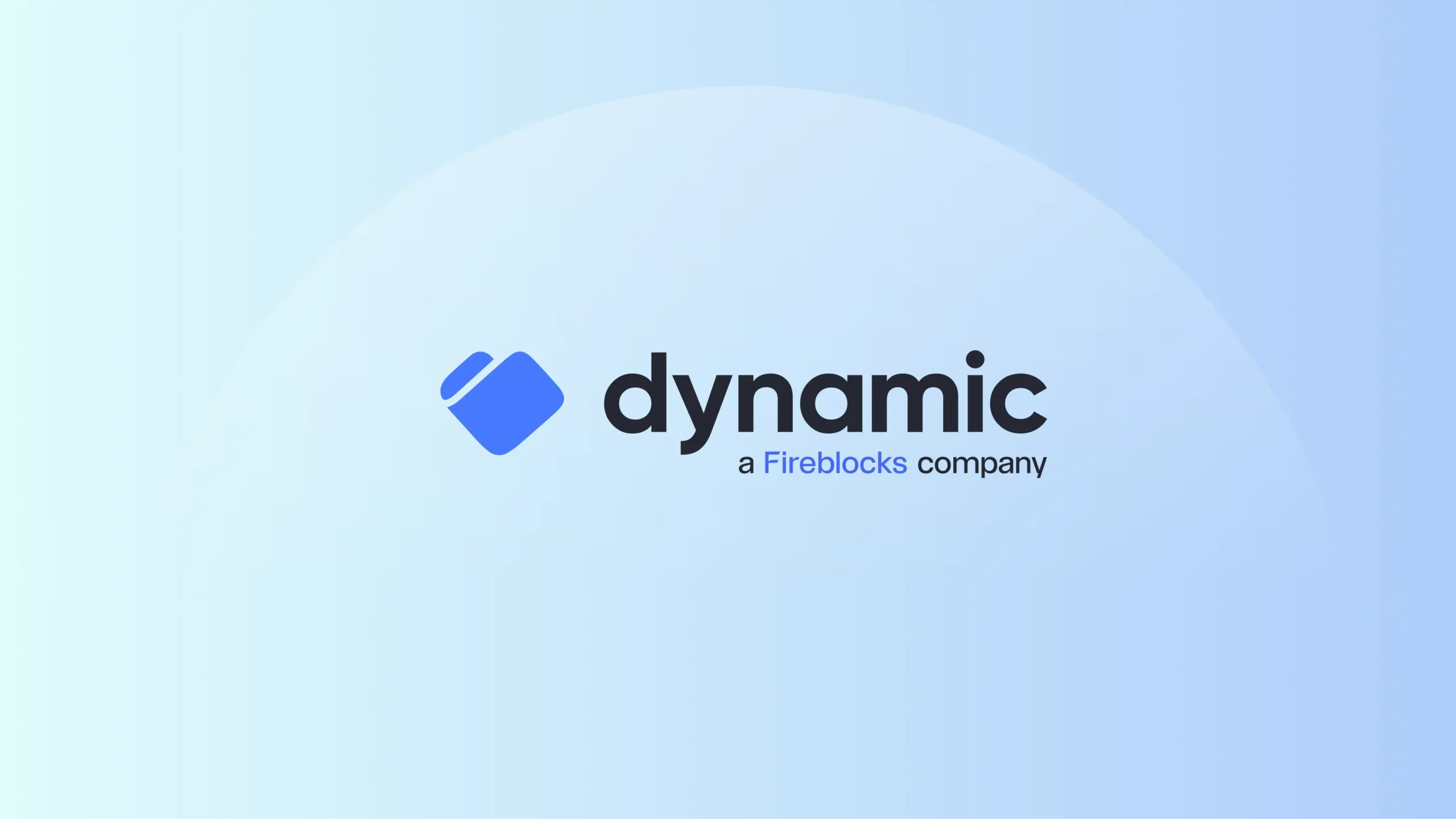Brian Moynihan recently remarked, “It’s pretty clear there’s going to be a stablecoin… So if they make that legal, we’ll go into that business …it’s just then like another foreign currency.”
While the comments from the CEO of Bank of America capture one bank use case for stablecoins, these digital assets have much more to offer banks than that. Stablecoins provide an opportunity for banks to grow into new markets, expand their solutions, boost their revenue potential significantly, and free up capital.
Don’t just take my word for it. Visa estimates that there were $6 trillion of organic stablecoin settlements in 2024. A niche concept just a few years ago is now equivalent to half the value of all transactions on Visa’s network.
So while payments are definitely one way for banks to drive revenue from stablecoins, I think it’s important to understand the full range of opportunities they present to banks. To illustrate these opportunities, I’ve outlined three proven areas where banks can generate revenue through stablecoins today:
- incorporating stablecoins in their current products, services and operations;
- serving the emerging stablecoin issuer market; and
- issuing their own stablecoins.
The upside is still evolving, but our experience working with more than 60 of the first-mover banks globally (like ABN AMRO, BNP Paribas, ANZ and more) shows that they are already seeing gains across payments, FX, treasury, and custody thanks to stablecoins. Let’s take a closer look.
How do Stablecoins Open up Improvements to Traditional Banking Services?
There are three main ways banks can use stablecoins to improve their existing banking offerings:
- wholesale cross-border payments;
- facilitating portfolio investments; and
- custody.
Taking these steps today lays the groundwork for monetizing stablecoins in ways traditional banking rails do not allow. After all, stablecoins can be programmed to provide instant settlement tracking, insights for merchants, and dynamic pricing, all managed by banks.
Cross-Border Payments
When my colleague Neil Chopra polled over 200 U.S. banking professionals last month on the use cases they were most interested in exploring for digital assets, payments topped the list at 36%. There’s obvious utility in the cross-border space, as seen in the State of Stablecoins 2025 report, where banks are 2x more likely to prioritise cross-border payments over any other use case.
That’s primarily because stablecoins transact in seconds, 24/7/365. By converting a fiat currency into a fiat-pegged stablecoin, which is then exchanged for the recipient’s local currency, banks can give clients the experience of real-time payments across borders. And that’s just the start. Stablecoins unleash faster capital velocity, as my colleague Goldi explains.
This isn’t theoretical. Banking Circle, a European payments bank, launched Eurite (EURI), the first MiCA-regulated stablecoin issued and backed by a bank. They use Fireblocks to automate minting and burning when fiat lands in accounts and are using it to power B2B cross-border payments. This collaboration ensured compliance with European regulations and provided Banking Circle with the infrastructure to offer innovative digital asset services. Equally important, it is an example of how banks can lead innovation—a key factor in their own equity valuations.
Enable Real-Time Settlement for Portfolio Investments
Many banks recognize that using stablecoins as the unit of account for investments leverages the ability of stablecoins to enable real-time settlement, which is crucial for managing portfolio investments efficiently.
This in turn can lead to reduced transaction costs and enhanced liquidity management, making them an ideal tool for modernizing investment strategies and infrastructure. And it can be a first step towards a marketplace of tokenized investments, all priced in stablecoins—think funds, bonds, structured products, precious metals.
For example, Bancolombia Group, one of the largest financial institutions in Latin America, used Fireblocks to launch a peso-backed stablecoin that offers retail customers seamless investment access using the stablecoin as the unit of account. This was about more than modernizing their infrastructure—they protected their position in the value chain in a market where more than 11 percent of the population are already active users of crypto.
Keep the Value on Chain and in Custody
Many banks are focused on the opportunity to custody both cryptocurrencies and stablecoins for clients. One of the fastest-growing trends we see at Fireblocks is for both corporate and retail users to exchange fiat for stablecoins and keep their balances in stablecoins until they need to off-ramp to fiat. This is a massive custodial opportunity—witness stablecoins’ explosive 250% CAGR since 2019 and a recent valuation over $230 billion USD. And of course, by acting now to serve retail and business clients who are putting some of their funds into cryptocurrencies, banks not only push back on poaching by non-regulated entities, they also create opportunities to deepen these relationships, for example with hedging and FX conversion.
How can Banks Serve Stablecoin Issuers?
Stablecoin issuers need banking services. Offering custody, brokerage, and lending services to issuers opens up recurring revenue, often tied to substantial reserves and cash flows.
For example, Tether alone purchased a net $33.1 billion in US Treasuries last year—more than entire countries like Canada or Mexico. That’s not niche.
Banks will capture additional revenue when they solve another challenge for stablecoin issuers. While the issuance and redemption of digital money, minting and burning, happens near real time, many of the assets backing their coins — government bonds, repos, cash — settle on T+0 or T+1 timelines. When the underlying assets become tokenized, brokerage and custody of the digital assets by trusted FIs becomes a key commercial offering.
Sygnum Bank’s Sygnum Connect integrated with Fireblocks to give stablecoin issuers (and others) 24/7 access to fiat settlements, trading venues and liquidity providers on their network. They did more than reach this new customer segment of course– they also gave institutional investors, liquidity providers, brokers, and exchanges access to their new instant settlement network.
New Bank Revenue from Issuing a Stablecoin
Launching a bank-issued stablecoin isn’t just a branding exercise — it’s a balance sheet decision. Stablecoin issuer Circle reported $1.7 billion in yield last year from reserves backing USDC. While there are clearly costs associated with the adoption of the coin required to drive the market capitalization, banks with the expertise, the right technology partners, and the appropriate market positioning can do the same by issuing fully compliant, fiat-backed coins.
However, the value of issuing a stablecoin must go beyond interest margin for it to be a competitive use of deposit balances compared to the traditional lending business. That it does– by enabling all the opportunities I’ve described, thereby deepening and defending the customer relationship and building infrastructure to support new offerings and services for existing and future clients.
ANZ, an Australian bank with a strong APAC presence, chose Fireblocks to launch the A$DC stablecoin in March 2022. Its initial client, a private wealth management firm for digital assets, used it to transact with its digital asset investment platform. It’s one of ten bank-issued stablecoins that have gone live powered by Fireblocks technology.
What’s the Best Way for a Bank to Get Started with Stablecoins?
There is a lot of buzz in the market right now about stablecoins, and for good reason. Renewed regulatory progress has accelerated their integration into the fabric of the global financial system. We frequently hear from banks that they feel an urgency around taking action. At the same time, we also understand the need to balance time-to-market with sound, scalable platform decisions.
Especially in such a rapidly-evolving landscape, no institution wants to be locked into rigid infrastructure that cannot adapt to emerging opportunities. That’s why it’s essential to partner with platforms that go beyond solving today’s use cases, offering scalable capabilities across asset classes and services, combined with enterprise-grade readiness.
Don’t wait—position your organization now to unlock the full potential of the digital asset evolution while ensuring security and compliance at every turn. And reach out to our team to see how Fireblocks can help.

